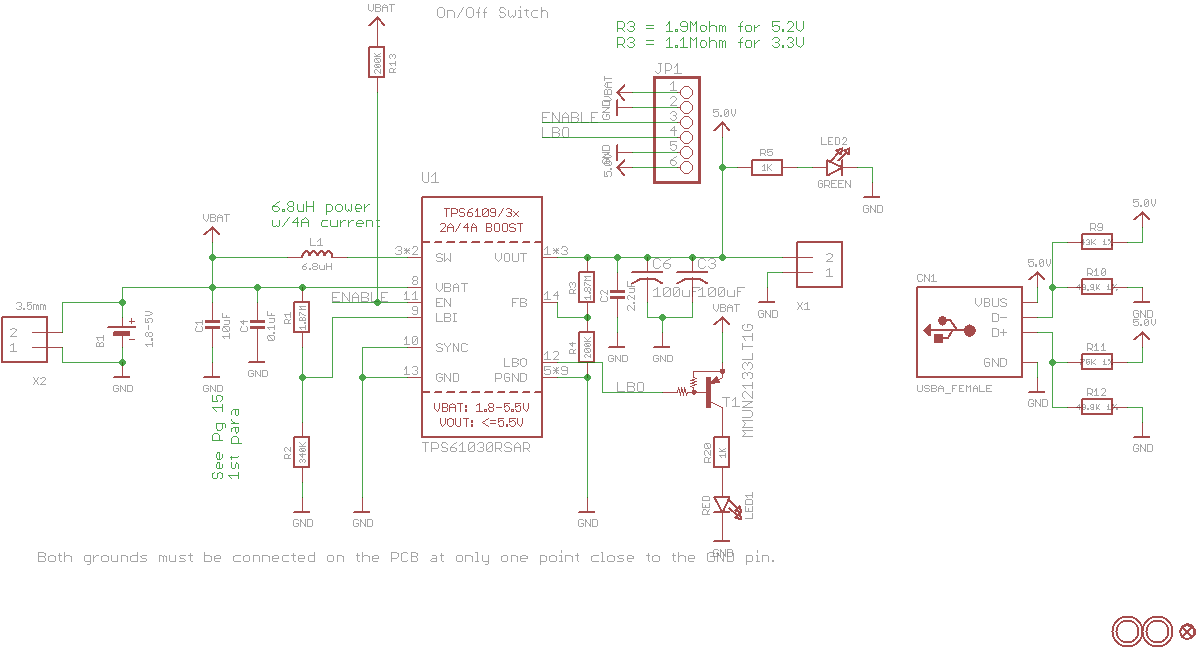I was looking to implement a solar charging circuitry to charge a 6000mah battery which will act as a power bank to my LED/MCU loads as well as a smart device load. I found issues with my design when my battery would go into a deep discharge since I leave my phone plugged into my power bank overnight. I was wondering if there is anything I can implement just before my USB type-A female plug in the schematic found below that would prevent my device from pulling charge from the power bank when it reaches full charge and disconnect.

This is the 5 V regulator portion which will also supply the other MCU/LED loads, so the 5v needs to be on at all times for these loads while the USB should stop supplying current to the device when it senses that it is fully charged.
Would a MOSFET configuration be sufficient and is there a way for the system to determine when the smart device has reached full charge??
Thank you
EDIT: The schematic of the overall project is attached below 


Best Answer
Take a look at TP4056 modules with battery protection. Julian Ilett has a nice demo on YouTube. I find they work a lot better than more expensive offerings. It certainly protects against deep discharge and cuts off at about 2.8-V and will resume output when the Lipo recovers to about 2.9-V Power banks (commercial) for phone charging a complex beasts and do more than supply 5.1-V. The Belkin Pocket Power bank I use, will only supply to a load when the load pulls more than 100-mA. When the load goes below that, the output shuts down. However, the Belkin supplies output for about 17-minuts after the cut-off load current applies. I kept a power bank running for days supplying an XBee radio by getting the XBee to load 100-mA every 5-minutes, i.e. retriggering the shutdown timer. In theory, it should have run for about 2-years, but in practice it only ran for two weeks. I suspect that the Belkin has some power hungry internal circuitry that doesn't show in the load circuit